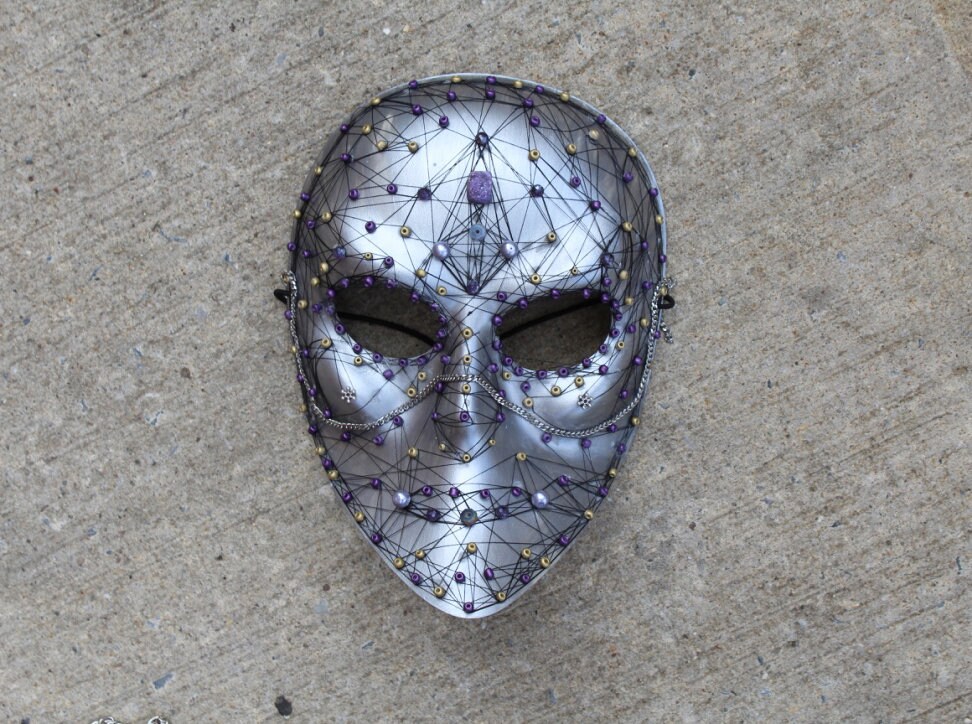

When I’m on my back, I can get nearly 100% light blocking with the Mavogel if I get the nose cartilage in the right place, and that’s good enough for me when I have my eyes closed too. The stitching is reasonably good so I imagine it will last a good length of time, as long as the elastic isn’t stretched to its max a lot. The strap is elastic, with a standard plastic buckle, and it will fit head sizes from 19 to 29 inches. That’s still less than some designer brands cost, but it is more than the average basic sleep mask that’s sold on sites like Amazon.

The Manta is one of the more expensive sleep masks I’ve tried, costing between £30 and £35 pounds in the UK, and also between $30 and $35 in the US or Canada. Some people will be okay with it on their side too, but side or front sleepers are taking a bit of a risk with this one and a simpler mask with less engineering might be better. The manta sleep mask could be an excellent choice for people who sleep on their back and need the most space possible for their eyelids or eyelashes. And when you lie on your front it’s even more noticeable. It’s not uncomfortable, but it is noticeable. A more important issue when you’re on your side is that the foam feels a bit lumpy on the side of your face. If I lie on my side, I do find some light creeps in around the nose though, which is very common with sleep masks. It feels very comfortable to wear and the foam cups put minimal pressure on my face. I just lie down, put it on and the light’s gone. I don’t need to faff around to find the perfect position either. I really like the Manta if I’m just having a nap on my back because it blocks out 100% of even the brightest light. Some designer brands cost much more than that and arguably all you get is more style, not more light blocking or comfort. In my opinion, a sleep mask that costs under £10 or $10 and does the job well is good value. You can usually find it for under £10 in the UK or under $10 dollars in the US. The Alaska Bear sleep mask is inexpensive. Just be aware that it doesn’t have contours, so it lies flat against your eyelashes and eyelids. Overall, the balance of price, comfort, and light blocking, as well as the flexibility to use it in any sleeping position, makes the Alaska Bear a great choice.

And importantly, I can change positions without the mask sliding out of place as much as I find with many contoured sleep masks. The main benefit is that I can lie on my side or front and still have excellent light blocking. Personally, I prefer to keep it a bit looser because the light blocking is more than good enough when I close my eyes. When I lie on my back, most of the light is blocked out, though some tiny slithers appear around the nose unless I tighten the strap. In the next table, you can compare the masks on some of the key points I look out for when testing them: how bulky they feel, the strap style, the materials used to make the mask, and if the packaging can be recycled or is excessive. Please note that these are my scores, and you may find each mask more or less effective or comfortable. In the table below, I’ve given each mask a score out of 10 for key performance areas: how well they block light and how comfortable they are to use in different sleep positions. I found them too bulky, too warm, and prone to letting in way too much light when you change positions. Wrap-around: Wrap-around sleep masks have the most fabric and look like a scarf for your face! I tested three of these, but none of them made it into this article. They work well if you’re having a nap or relaxing on your back, but can be problematic on your side or front because they are so bulky. Weighted and cooling: Weighted eye masks have lots of plastic or glass beads sewn into them and can be cooled in the freezer before using them. With careful adjusting, you can use some of them on your side or front, but you’ll feel the extra padding.

This style is ideal if you sleep on your back and don’t like feeling material pressing on your eyes. Some have gentle contours to allow a bit of movement, while others have very deep eye sockets. The lack of bulky contours or foam makes them comfortable to use on your back, side or front, while still blocking out light effectively.Ĭontoured sleep masks: If you’re worried about smudging makeup or squishing long eyelashes, a mask with contours might suit you. Usually made from silk, cotton, or polyester, they tend to be very lightweight and sit flat across your eyes. Flat sleep masks: If you sometimes sleep on your side or front, a flat sleep mask might be the most practical and comfortable option.


 0 kommentar(er)
0 kommentar(er)
